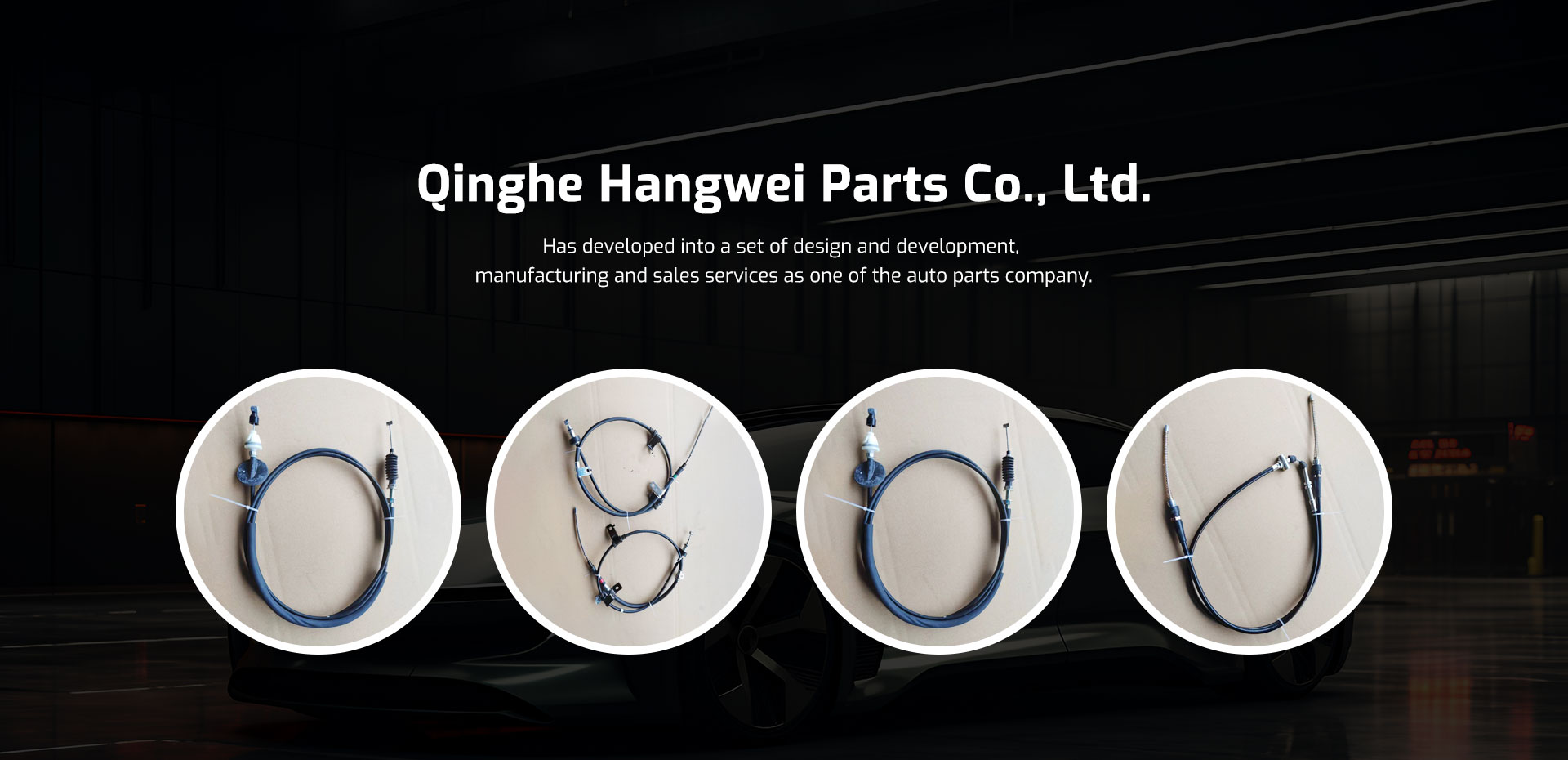Throttle Control Cable for Improved Vehicle Performance and Responsiveness
The Cable Throttle Pedal A Vital Component of Modern Vehicles
The automotive industry has undergone significant transformations over the years, with various technological advancements enhancing vehicle performance and driver experience. Among these innovations, the cable throttle pedal stands out as a crucial component that plays an essential role in vehicle acceleration and control.
What is a Cable Throttle Pedal?
At its core, a cable throttle pedal is a mechanical device that connects the driver’s input to the engine's throttle body. When the driver presses the accelerator pedal, a cable is pulled, which in turn opens the throttle, allowing more air and fuel to enter the engine. This process increases the engine's power output and propels the vehicle forward. While modern vehicles have increasingly adopted electronic throttle control systems (ETC), cable throttle pedals remain prevalent, especially in older models and certain performance-oriented vehicles.
The Mechanics Behind the Cable Throttle Pedal
The design of a cable throttle pedal is relatively simple yet effective. It comprises a pedal, a cable, and a throttle body. The cable is typically made of strong, flexible materials, allowing it to handle the stress of repeated use. When the pedal is depressed, the connected cable extends, pulling on a lever at the throttle body. This action opens the throttle plate, creating a pathway for air to flow into the engine.
One significant advantage of cable-operated throttle systems is their direct mechanical connection between the driver and the engine. This linkage provides a more tactile and immediate response, allowing drivers to feel the car's acceleration more intuitively. For performance enthusiasts and drivers of classic cars, this mechanical connection often contributes to a more engaging driving experience.
Pros and Cons of Cable Throttle Pedals
cable throttle pedal

While cable throttle pedals offer certain benefits, they also have drawbacks compared to electronic systems. One of the primary advantages is the simplicity and reliability of the mechanical system. Fewer electronic components mean lower chances of malfunction. Additionally, the direct feedback from the cable system can enhance driving enjoyment.
However, there are downsides to consider. Cable throttle systems can be less precise than electronic throttle controls, which use sensors and computer systems to manage throttle response more accurately. This precision allows for features like adaptive cruise control and improved fuel efficiency. Moreover, as vehicles become more integrated with technology, the move toward electronic systems becomes a necessity to meet modern emissions standards and performance expectations.
The Future of Throttle Control
As automotive technology continues to evolve, so too does the discussion around throttle control mechanisms. The trend leans toward electronic systems for their efficiency and adaptability. However, cable throttle pedals maintain a loyal following among car enthusiasts and purists who appreciate the raw, unfiltered connection to the vehicle.
In essence, while the cable throttle pedal may gradually fade in prevalence in new vehicle models, its significance in the history of automotive engineering cannot be understated. It represents a simpler time in car design and continues to evoke a sense of nostalgia for those who value the driving experience.
Conclusion
The cable throttle pedal might seem like a basic component in a world dominated by complex electronics and software, but its importance in the realm of driving should not be overlooked. It embodies the fundamental connection between driver and machine, offering a visceral experience that many still cherish. As the automotive industry moves forward, it is essential to recognize and respect the legacy of cable throttle pedals while embracing the future of vehicle technology.
-
Upgrade Your Vehicle with High-Quality Handbrake CablesNewsNov.01,2024
-
Optimize Your Bike's Performance with Quality CablesNewsNov.01,2024
-
Enhance Your Vehicle's Performance with Quality Clutch ComponentsNewsNov.01,2024
-
Elevate Your Vehicle's Performance with Quality Throttle CablesNewsNov.01,2024
-
Elevate Your Vehicle's Performance with Quality CablesNewsNov.01,2024
-
Affordable Solutions for Your Cable NeedsNewsNov.01,2024
